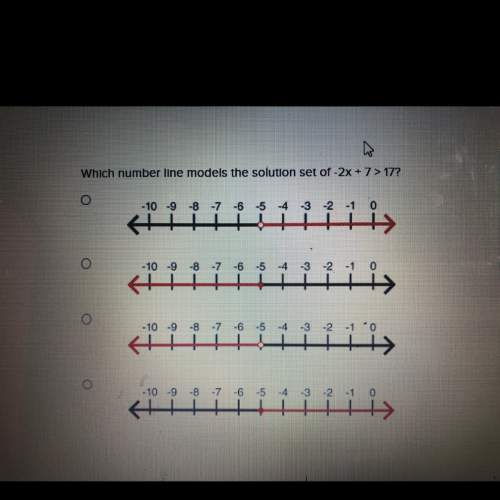
Mathematics, 06.07.2021 18:30 josephdakota
The South prospered, but its wealth was very unequally distributed. Upward social mobility did not exist for the millions of slaves who produced a good portion of the nation’s wealth, while poor southern whites envisioned a day when they might rise enough in the world to own slaves of their own. Because of the cotton boom, there were more millionaires per capita in the Mississippi River Valley by 1860 than anywhere else in the United States. However, in that same year, only 3 percent of whites owned more than fifty slaves, and two-thirds of white households in the South did not own any slaves at all. Distribution of wealth in the South became less democratic over time; fewer whites owned slaves in 1860 than in 1840.
As the wealth of the antebellum South increased, it also became more unequally distributed, and an ever- smaller percentage of slaveholders held a substantial number of slaves.
At the top of southern white society stood the planter elite, which comprised two groups. In the Upper South, an aristocratic gentry, generation upon generation of whom had grown up with slavery, held a privileged place. In the Deep South, an elite group of slaveholders gained new wealth from cotton. Some members of this group hailed from established families in the eastern states (Virginia and the Carolinas), while others came from humbler backgrounds. South Carolinian Nathaniel Heyward, a wealthy rice planter and member of the aristocratic gentry, came from an established family and sat atop the pyramid of southern slaveholders. He amassed an enormous estate; in 1850, he owned more than eighteen hundred slaves. When he died in 1851, he left an estate worth more than $2 million (approximately $63 million in 2014 dollars).
As cotton production increased, new wealth flowed to the cotton planters. These planters became the staunchest defenders of slavery, and as their wealth grew, they gained considerable political power.”
Use the information from the brief passage above, as well as these assumptions to answer the case study questions that follow.
Assume:
• Prior to the U. S. Civil War, the South had White population of approximately 10 million people
• Prior to the U. S. Civil War, from 1850 to 1860, each year its economy produced approximately $2.6 Billion in collective wealth for its citizens.
• Citizens who did not own slaves made 25 times less income than those who did own slaves.
• The average income for an employed or income-earning White person (who did not own slaves) was approximately $1350.
Case Study #1 Questions:
1. Over the decade before the Civil War, how much of the South’s wealth (in dollars) was controlled by people who owned slaves?
2. How much of the South’s wealth (in dollars) could be attributed to the average non-slave owner per year?
3. In analyzing the wealth distribution between slave owners and non-slave owners, estimate how many unemployed White persons there may have been each year during this time period?
4. If slave owners with plantations of 100 or more slaves controlled 75% of the wealth attributable to all slave owners, what proportion (as a percentage) of wealth did they control compared to non slave owners?

Answers: 1
Another question on Mathematics


Mathematics, 22.06.2019 02:30
Which of the following multiplication expressions can be modeled by the tiles shown? check all that apply. 8(3) = 24 6(4) = 24 (3)(12) = 36 24(3) = 72 3(8) = 24 2(12) = 24
Answers: 2

Mathematics, 22.06.2019 03:10
Which statement is true about the discontinuities of the function f(x) = x-5/ 3x^2-17x-28
Answers: 2

Mathematics, 22.06.2019 04:30
Which container holds more,a half gallon milk jug or a 2 liter juice bottle
Answers: 1
You know the right answer?
The South prospered, but its wealth was very unequally distributed. Upward social mobility did not e...
Questions




Computers and Technology, 19.05.2020 15:29


Mathematics, 19.05.2020 15:29

Law, 19.05.2020 15:29





Mathematics, 19.05.2020 15:29


Mathematics, 19.05.2020 15:29


Mathematics, 19.05.2020 15:29




Mathematics, 19.05.2020 15:29




